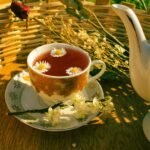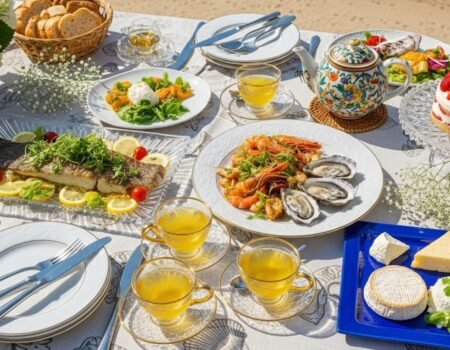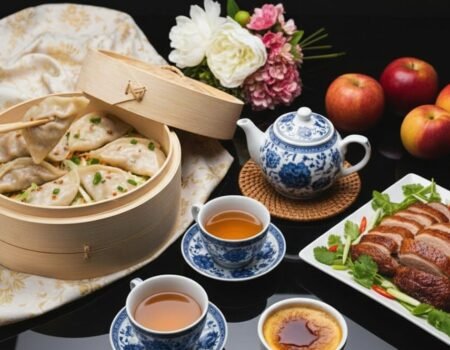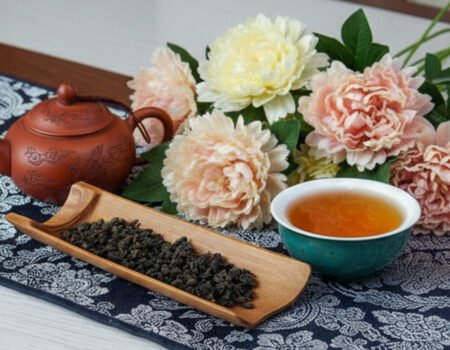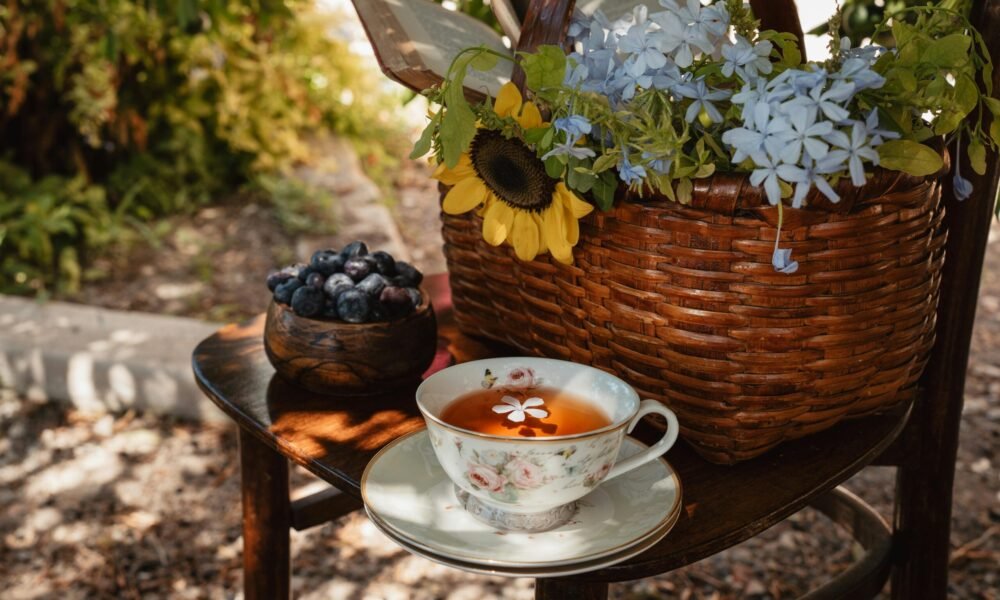
Exploring the Diverse Types of Tea Flavours: A Guide to 6 Delicious Varieties
Index
Do you find yourself drinking the same tea every day? Many tea fans stick to one or two types of tea flavours, missing out on a world of tastes waiting to be found. Walking down the tea aisle can feel puzzling with so many choices and strange names like “Silver Needle” or “Tieguanyin” on the packages.
Tea comes from the Camellia sinensis plant, but creates vastly different tastes based on how the leaves are picked and treated. Green tea offers fresh, grassy notes while black tea brings bold, malty flavors to your cup.
In this guide, we’ll explore six main types of tea – from delicate white teas to spicy chai blends – and share their unique traits and popular varieties.
Key Takeaways
- Tea comes from the Camellia sinensis plant but creates different flavors based on processing methods.
- Green tea offers fresh, grassy notes while black tea delivers bold, malty flavors with higher caffeine content.
- White tea provides the most delicate taste with sweet, silky notes due to minimal processing of young leaves.
- Oolong tea balances between green and black tea with fruity, woody, and floral notes that change with each steep.
- Herbal teas like chamomile, peppermint, and rooibos are caffeine-free options made from plants, flowers, and spices.
Green Tea: A Fresh and Earthy Flavor
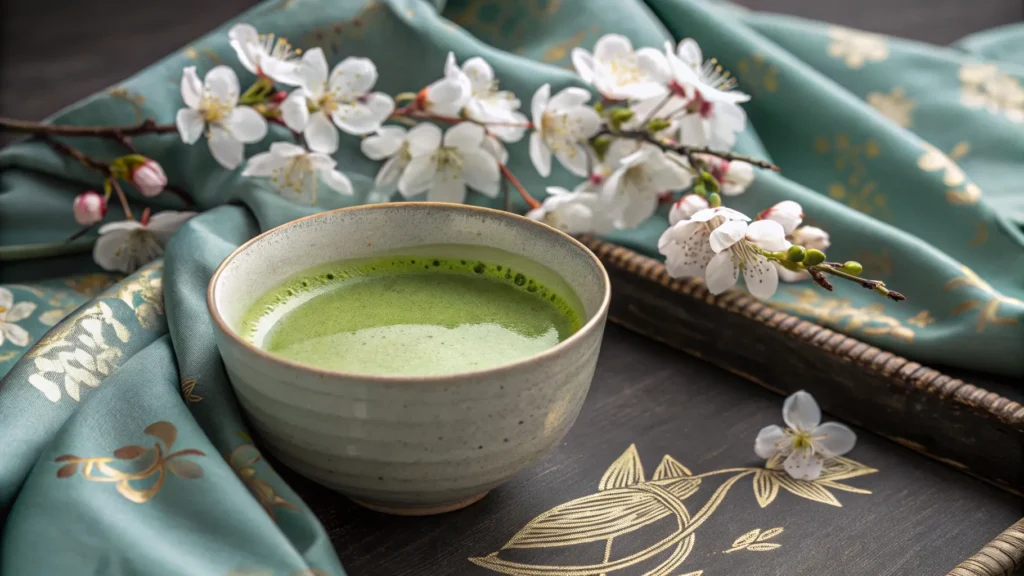
Green tea offers a clean, grassy taste that wakes up your senses with each sip. Its light flavor carries hints of seaweed and sweet nuts, making it perfect for both new tea drinkers and seasoned tea lovers.
Popular varieties: Sencha, Matcha, Jasmine Green Tea
Green tea offers a world of flavors through its most popular varieties. Each type brings unique tastes and benefits to your cup.
Popular Green Tea Varieties
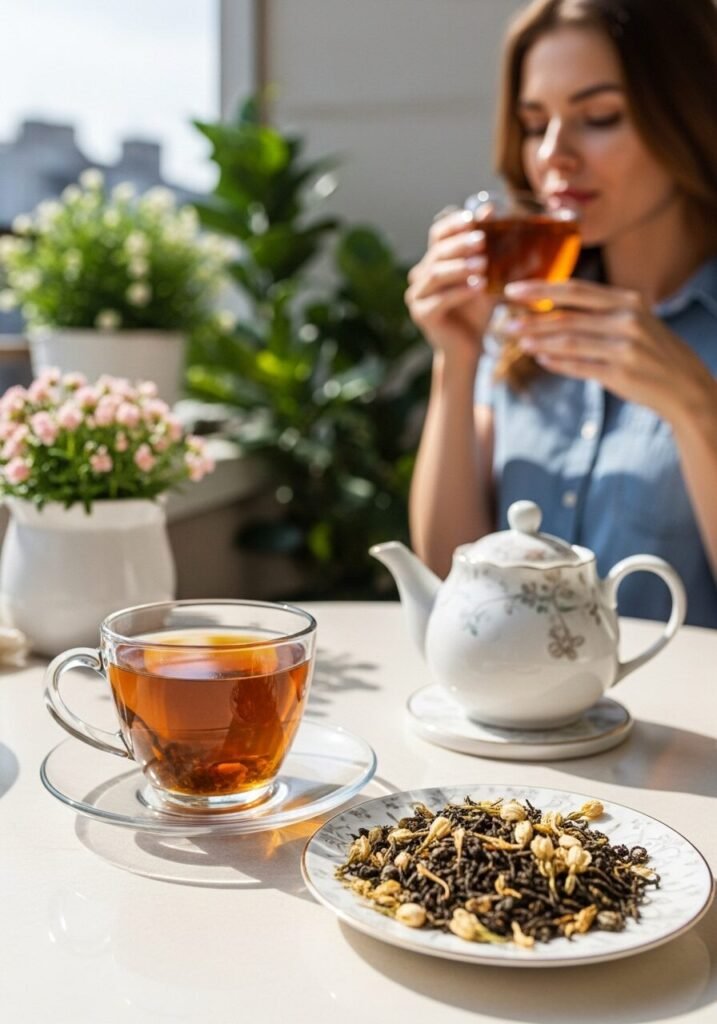
- Sencha – This Japanese favorite comes from freshly harvested leaves that undergo steaming, rolling, and pan-firing. You’ll taste grassy, slightly sweet notes that create a refreshing experience with every sip.
- Matcha – Unlike steeped teas, matcha gets ground into a vibrant green powder from whole tea leaves. You consume the entire leaf, which delivers more antioxidants and a concentrated, umami-rich flavor that energizes without the crash.
- Jasmine Green Tea – Delicate jasmine flowers infuse their sweet aroma into traditional green tea leaves. The floral notes balance perfectly with earthy base flavors, creating a harmonious blend that soothes your senses.
Effects & Benefits
These green tea varieties contain L-theanine, an amino acid that promotes calm focus without jitters. You’ll often experience improved mental clarity and sustained energy throughout your day. Many tea drinkers report feeling more alert yet relaxed, making these teas perfect companions for work or study sessions. The antioxidants in each cup contribute to overall vitality and well-being.
Brewing & Sourcing Tips
Tea production methods vary across regions, with each technique affecting the final taste in your cup. Water temperature (typically 160-180°F / 70-82°C for green teas) and steeping time (1-3 minutes) determine whether you’ll extract smooth sweetness or bitter notes.
Fraser Tea stocks all three varieties, offering options for both newcomers and seasoned tea enthusiasts. We recommend starting with sencha for its approachable flavor, then exploring matcha’s intensity and jasmine’s floral elegance as your palate develops.
Black Tea: Bold and Robust Notes
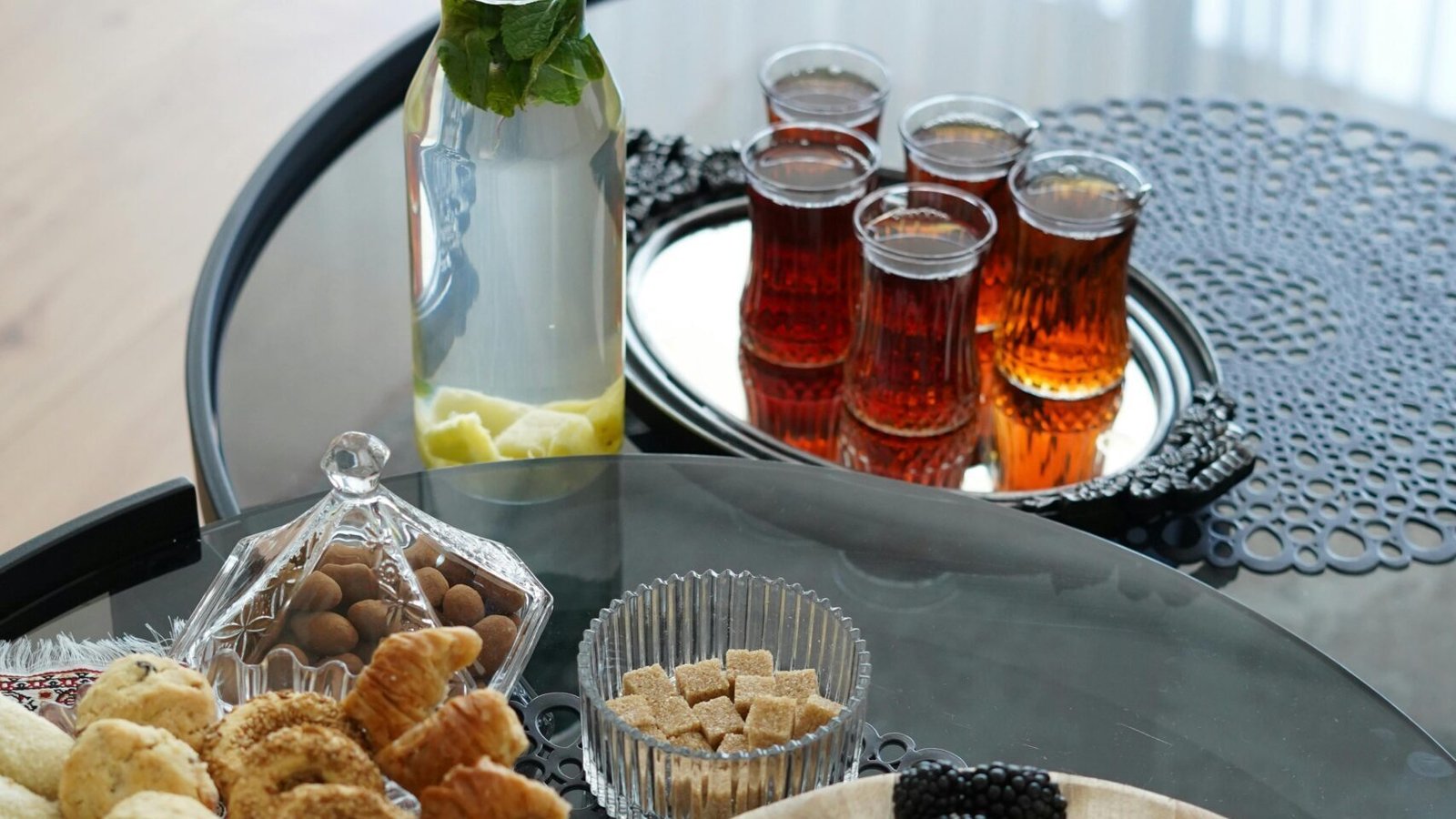
Black tea delivers a rich, deep flavor from its full oxidation process, making it a perfect morning drink with its higher caffeine content than other teas. Explore Earl Grey, English Breakfast, and Darjeeling to find your next favorite cup!
Popular varieties: Earl Grey, English Breakfast, Darjeeling
Black tea offers rich flavors that please many tea fans around the world. These popular types each bring something special to your cup.Black tea offers classic flavors that have defined tea culture for centuries. These varieties bring bold tastes and gentle energy to your daily routine.
Classic Black Tea Varieties
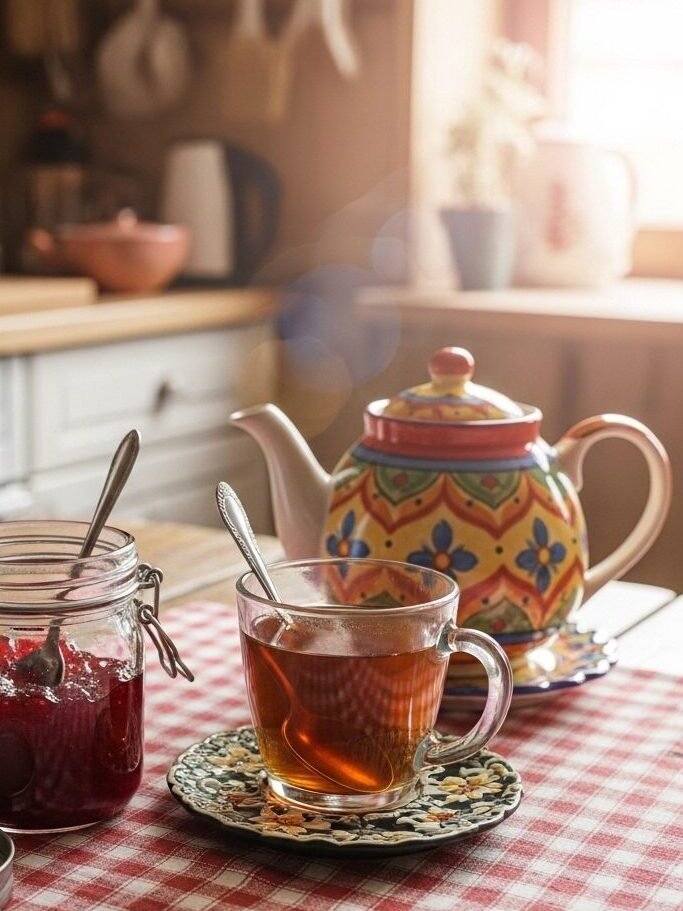
- Earl Grey – Bright bergamot orange oil transforms strong black tea leaves into a citrus-scented experience. You’ll notice the distinctive bergamot aroma before the first sip, followed by a smooth, refreshing taste that balances citrus brightness with tea’s natural depth.
- English Breakfast – This full-bodied blend combines teas from Assam, Ceylon, and Kenya to create a robust morning cup. The hearty flavor stands up beautifully to milk, making it perfect when you need a satisfying start to your day.
- Darjeeling – Known as the “Champagne of Teas,” this Himalayan treasure offers light, complex flavors with distinctive grape-like notes. Tea experts prize its delicate muscatel character that develops in the high-altitude gardens of India.
Effects & Benefits
The caffeine content in these black teas provides gentle, sustained energy without the spike and crash of coffee. A typical cup contains about half the caffeine of coffee, making these teas perfect when you want alertness with steady focus. Many drinkers find black tea helps them maintain concentration during long work sessions or afternoon meetings.
Brewing & Cultural Notes
Most black teas reveal their best flavors when brewed with water just below boiling (195-205°F / 90-95°C) for 3-5 minutes. You’ll discover how steeping time affects strength – shorter for lighter cups, longer for bold flavor.
Tea culture worldwide embraces these classics in various ways. Some traditions add milk and sugar for comfort, while others serve them plain to highlight the natural flavor profiles. We find that trying each preparation style helps you discover your personal preference.
White Tea: Delicate and Subtle Taste
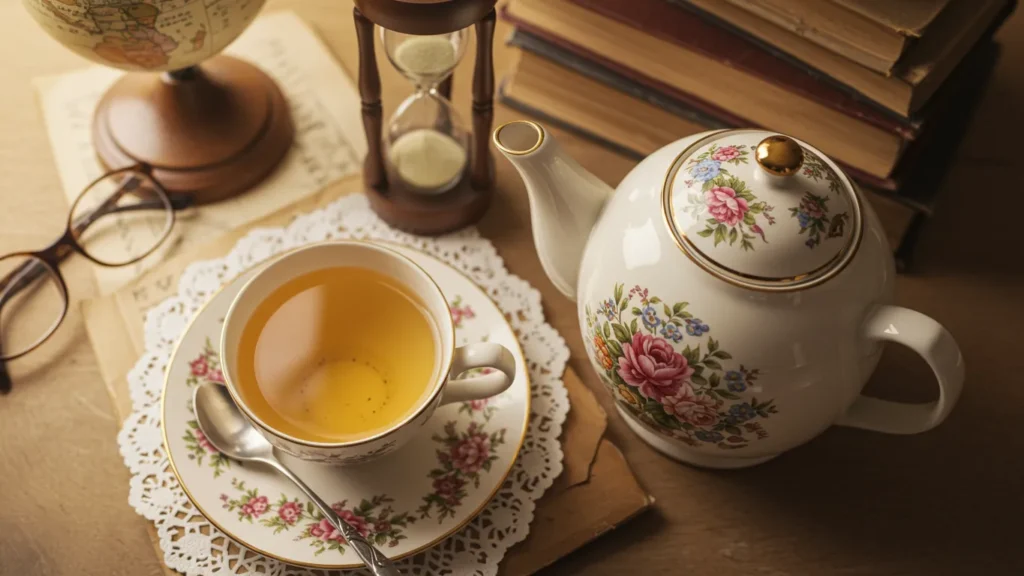
White tea offers the most delicate taste among all tea types with its sweet, silky notes. Its light flavor comes from minimal processing where young leaves and buds are simply picked and dried in natural sunlight.
Popular varieties: Silver Needle, White Peony
White tea offers a world of delicate flavors that tea lovers cherish. These light teas stand out for their subtle taste profiles and minimal processing.
White tea offers the most delicate flavors in the tea world. These gentle varieties bring subtle complexity and natural sweetness to every cup.
Premium White Tea Varieties
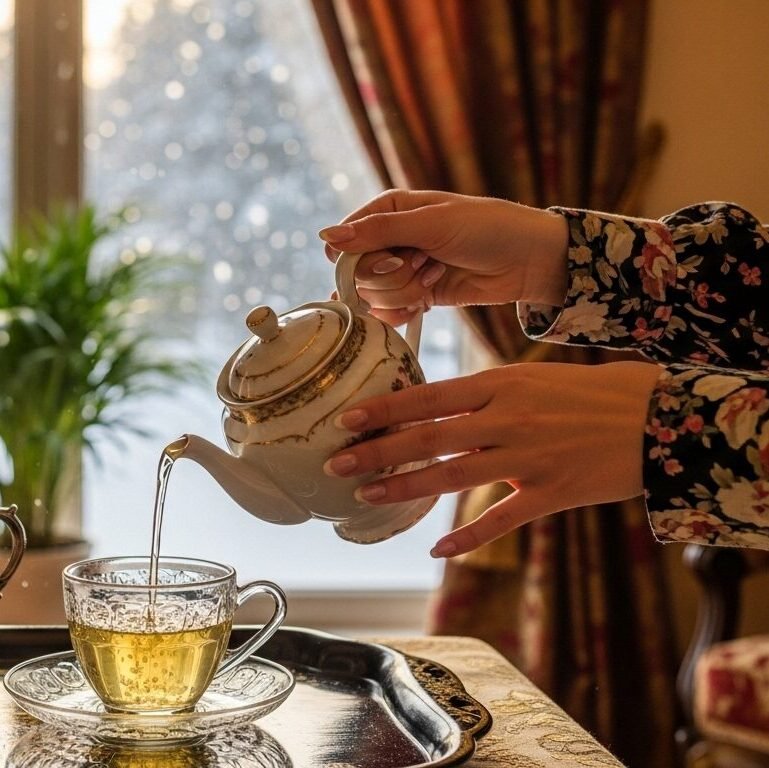
- Silver Needle – Downy white buds create a pale yellow brew with honey and melon notes that dance on your palate. Tea Fort includes this premium variety in their collection, making refined tea experiences accessible to those seeking elegance in their cup.
- White Peony – Young leaves and buds combine to deliver slightly stronger flavor than Silver Needle while maintaining sophistication. You’ll discover floral hints with a smooth finish that appeals to both newcomers and tea experts alike.
- White Ginger Pear Blends – These creative mixtures showcase how white tea serves as an excellent base for complementary flavors. The tea’s natural sweetness harmonizes beautifully with fruity or spicy dimensions, creating balanced and intriguing taste profiles.
Effects & Benefits
White tea’s gentle nature makes it perfect for afternoon enjoyment when you want subtle refreshment without overstimulation. The minimal processing preserves natural compounds that many drinkers find calming and centering. You’ll often experience a sense of clarity and peaceful focus, making these teas ideal companions for reading, creative work, or quiet reflection.
Brewing & Tasting Notes
Lower water temperatures (175-185°F / 79-85°C) bring out white tea’s best flavors without extracting bitter compounds. The minimal oxidation during processing preserves delicate compounds that create white tea’s signature taste – fresh flowers, herbs, and light fruits that unfold gradually as you sip.
Tea Fort stocks these varieties because they represent exceptional examples of white tea craftsmanship. We find that their careful selection helps you explore authentic white tea experiences, whether you prefer the ethereal lightness of Silver Needle or the approachable charm of flavored blends. These teas pair wonderfully with light desserts or stand alone as afternoon treats.
White tea offers a completely different experience with its delicate flavors and minimal processing methods.
Oolong Tea: A Perfect Balance of Flavor

Oolong tea sits between green and black tea in flavor, offering a mix of fruity, woody, and floral notes. This partly-oxidized tea changes taste with each steep, making it a favorite for tea fans who want depth without bitterness.
Popular varieties: Tieguanyin, Wuyi Rock Tea
Oolong tea offers a perfect balance between green and black tea, with unique varieties that showcase its versatility. These Chinese treasures bring distinct flavors that tea fans around the world seek out for their special qualities.
Chinese oolong teas offer extraordinary depth and complexity through centuries of refined production methods. These partially oxidized teas deliver multiple flavor journeys in a single session.
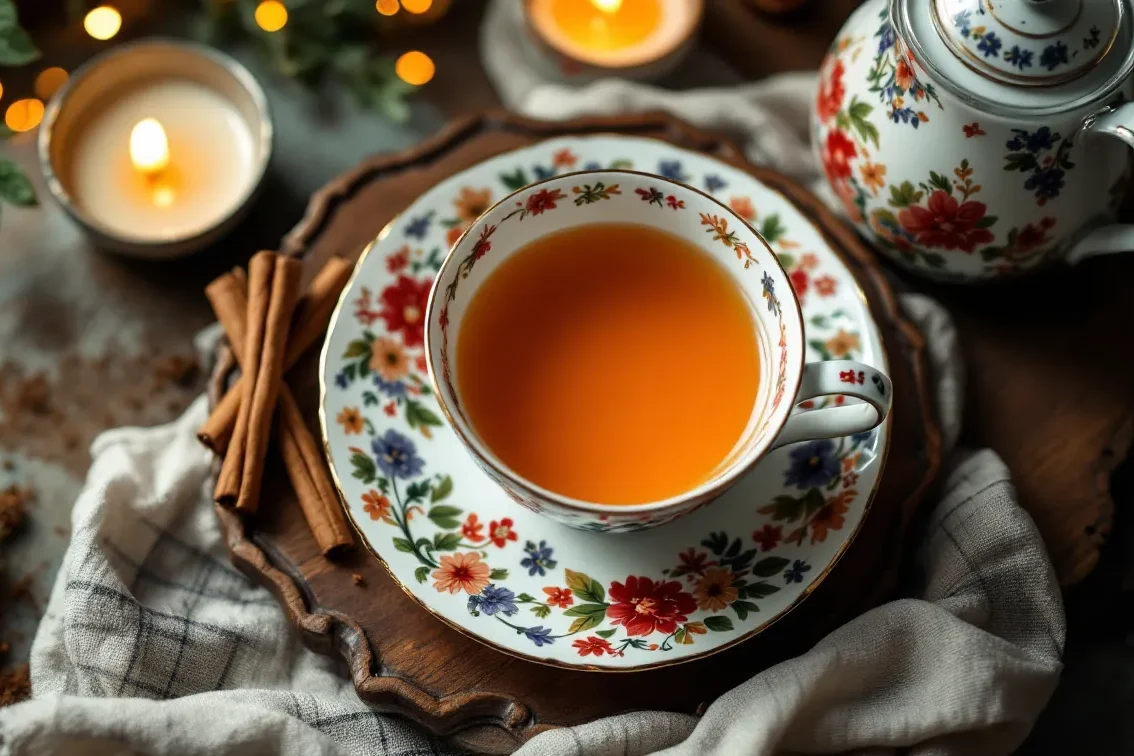
Tieguanyin – The Iron Goddess
Origin & Character – This premium variety from Anxi in Fujian province takes its name from the Chinese goddess of mercy. You’ll discover rich, floral tastes that unfold across multiple steepings.
Flavor Profile – Oxidation levels vary, creating different expressions from light and floral to deeper, roasted notes. Tea experts prize its orchid-like aroma and smooth, sometimes buttery mouthfeel that lingers pleasantly.
Wuyi Rock Tea – Mountain Mineral Magic
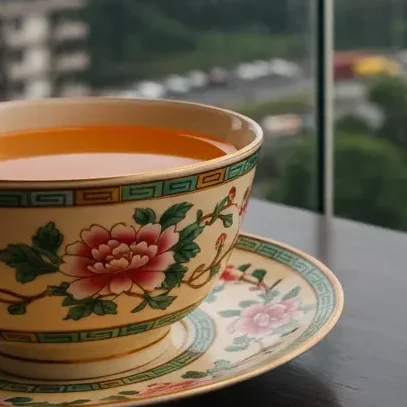
- Unique Terroir – The rocky soil of the Wuyi Mountains gives this tea its distinct mineral quality. Tea fans call this special taste “yan yun” or “rock rhyme” – a signature mineral note found nowhere else.
- Processing & Taste – Chinese tea makers process these leaves with care, developing rich, toasted flavors with hints of fruit and caramel. The rocky growing conditions create that unmistakable mineral backbone.
Value & Brewing Experience
- Multiple Infusions – Both Tieguanyin and Wuyi Rock Tea reveal different flavor notes with each steeping, offering excellent value as one serving provides multiple cups.
- Terroir Expression – The growing conditions create their signature tastes – Tieguanyin’s floral notes bloom from its specific climate, while Wuyi’s rocky soil infuses its mineral profile. Each sip tells the story of its origin.
Herbal Tea: Caffeine-Free and Flavorful
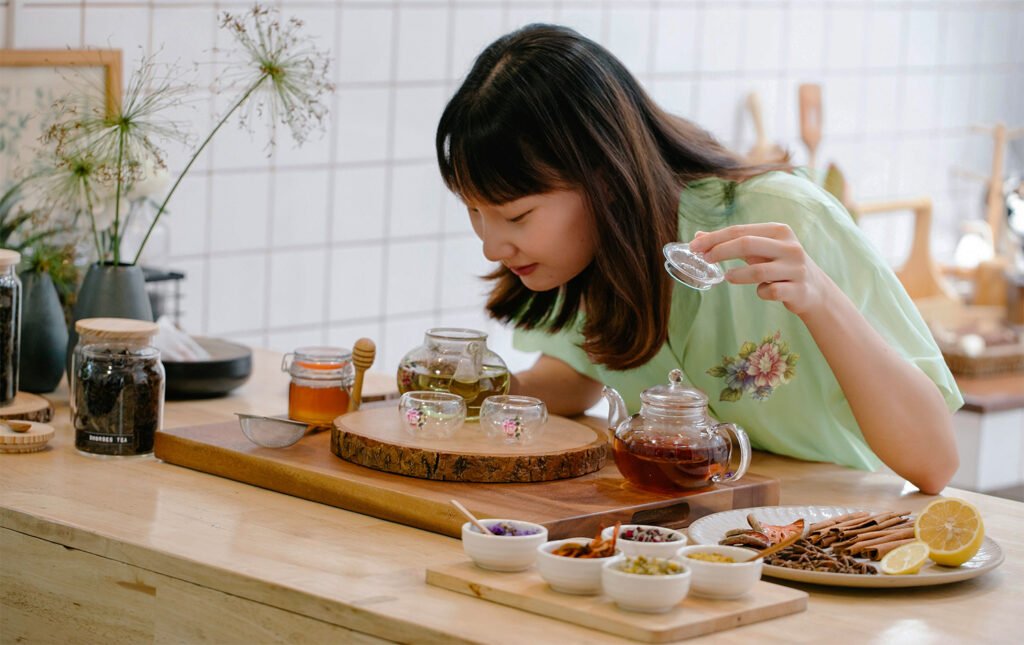
Herbal teas burst with rich flavors from plants, flowers, and spices without the caffeine kick found in true teas. Chamomile soothes with its apple-like taste, while peppermint refreshes with cool minty notes, and rooibos offers a sweet, nutty profile that pairs well with milk.
These caffeine-free options make perfect evening drinks or all-day sippers for those watching their stimulant intake. Many herbal infusions in addition to their tasty profiles also can help with digestive support and stress relief.
Explore these flavorful brews to discover your next favorite cup!
Popular varieties: Chamomile, Peppermint, Rooibos
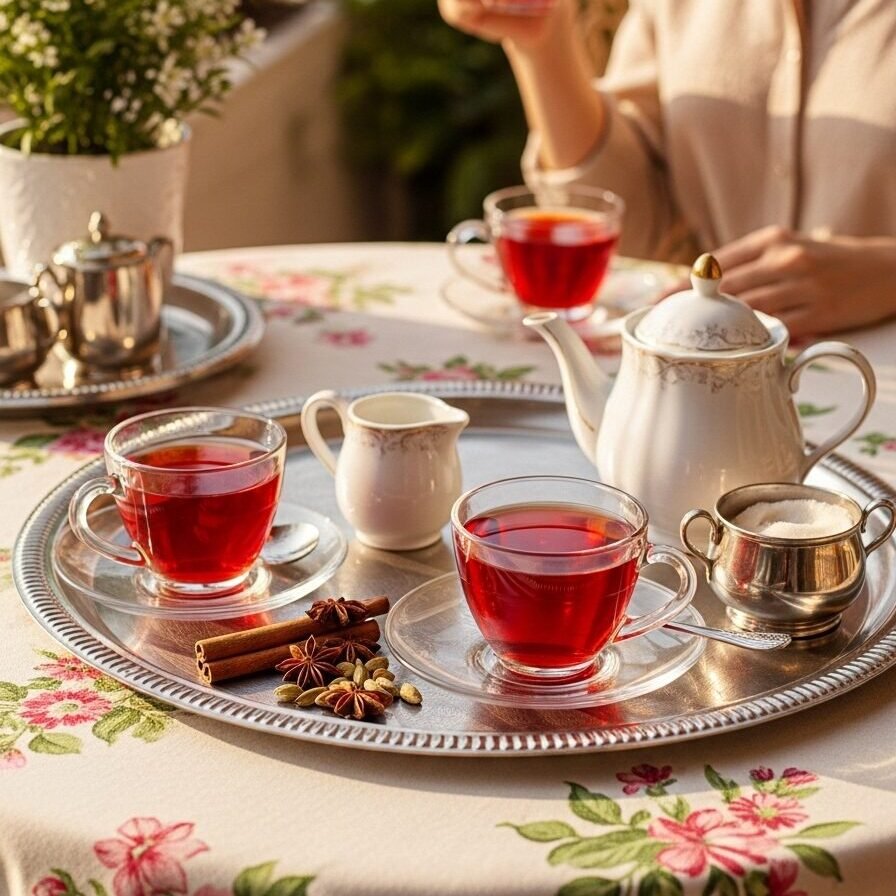
Herbal teas offer a caffeine-free option for tea lovers who want flavor without the buzz. These plant-based brews come in many tasty varieties that each bring unique benefits to your cup.
Herbal teas offer caffeine-free comfort through nature’s botanical bounty. These tisanes bring unique flavors and soothing qualities to your daily routine.
Classic Herbal Varieties
- Chamomile – Dried daisy-like flowers create a mild, apple-like flavor that helps you unwind. This gentle brew soothes nerves and promotes restful sleep, making it perfect for evening enjoyment.
- Peppermint – Cool, refreshing taste from water mint leaves awakens your senses. You’ll find this tea perfect for settling your stomach or clearing stuffy sinuses with its invigorating menthol notes.
- Rooibos – This South African treasure grows exclusively from the aspalathus linearis plant. The naturally sweet, nutty flavor comes with zero caffeine and a rich red color that makes every cup visually appealing.
Rooibos Spotlight
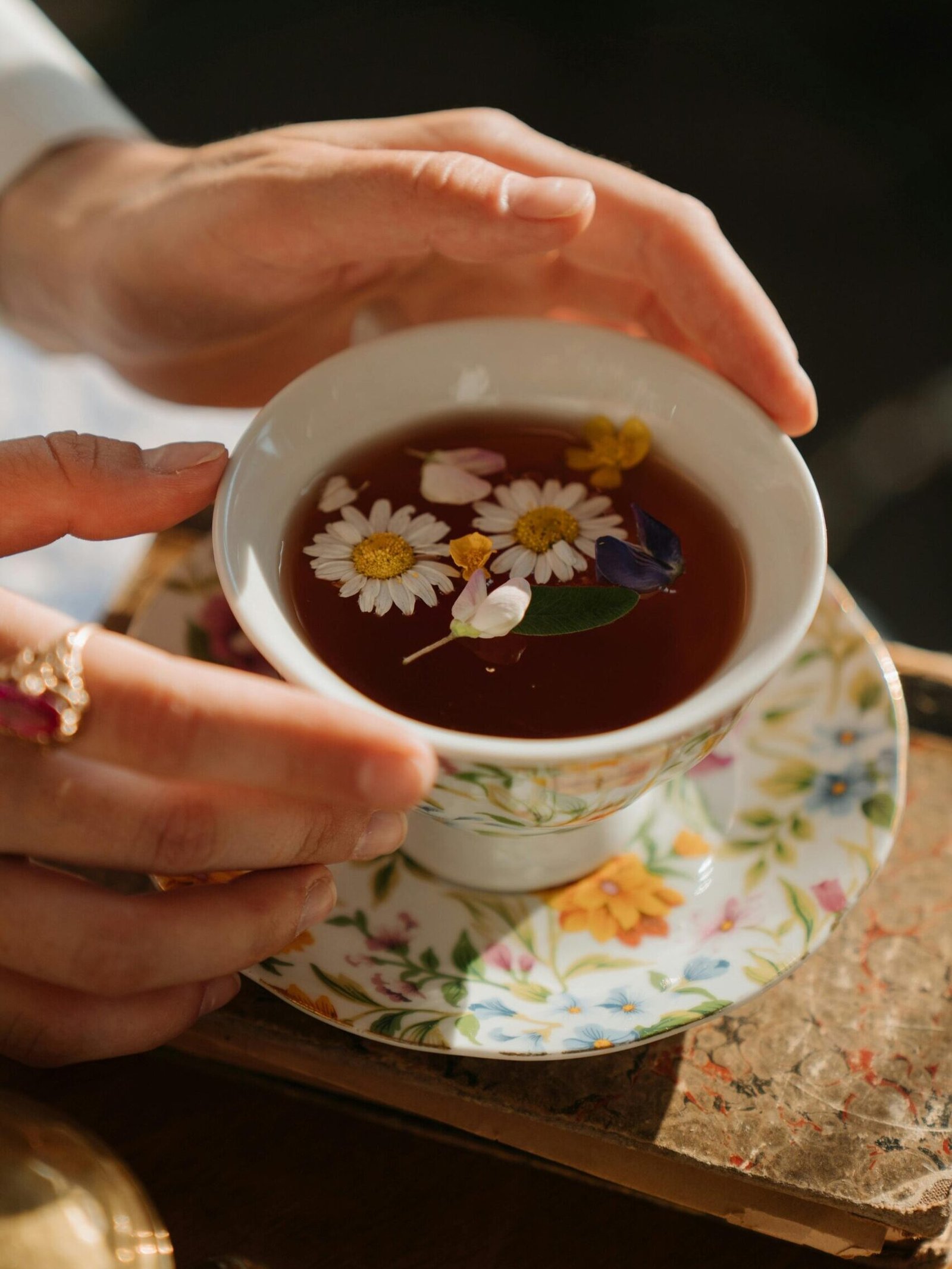
- Origin & Production – South African farmers harvest this unique plant to create a rich red brew packed with antioxidants. Also called red tea or bush tea, rooibos offers natural sweetness without added sugars.
- Quality Options – Fraser Tea’s Rainbow Rooibos provides a certified organic choice for those seeking premium herbal infusions. We appreciate how their selection combines high quality with natural flavors.
Brewing & Quality Tips
- Understanding Tisanes – Another name for herbal teas, tisanes can be brewed from fresh or dried flowers, roots, seeds, and leaves. Your choice of ingredients determines the flavor profile and intensity.
- Maximizing Flavor – Longer steep times create more robust flavors in your cup – experiment with 5-10 minutes for most herbals. Loose leaf options often provide better quality than bags since they contain whole leaves rather than dust or fannings, allowing flavors to fully develop.
Chai Tea: Spiced and Aromatic
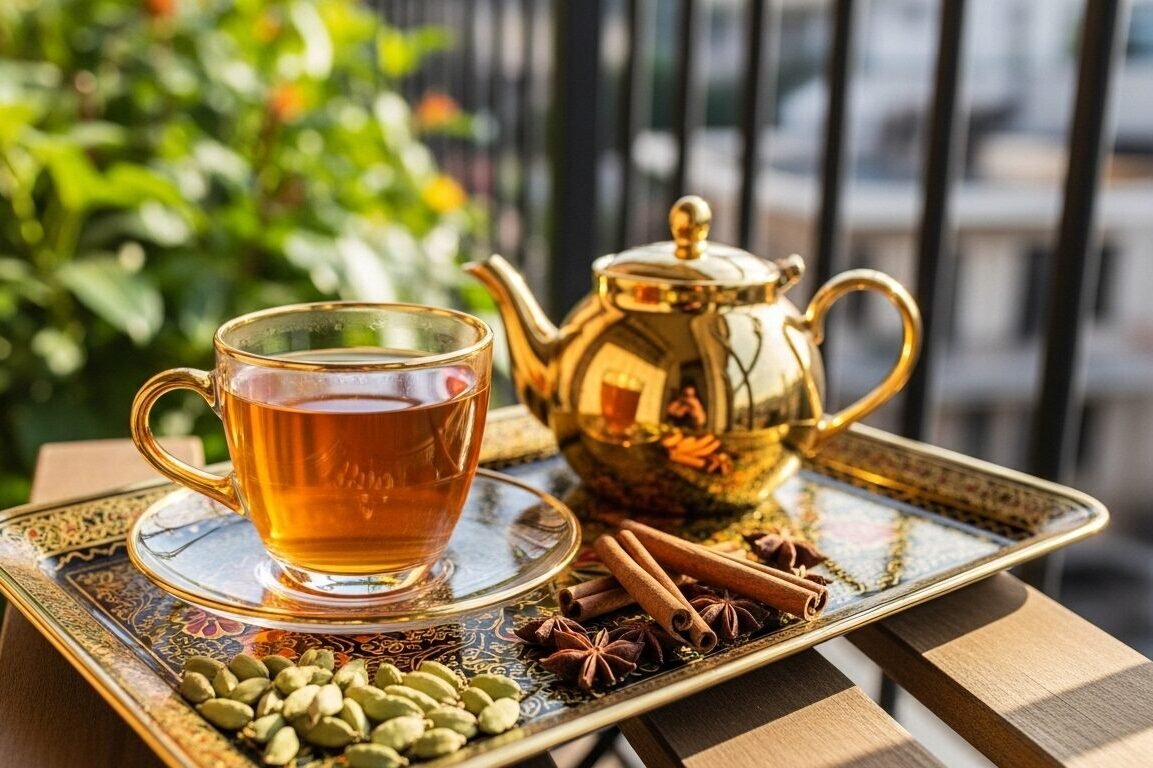
Chai tea fills your cup with a mix of spices that dance on your tongue with each sip. The blend of cinnamon, ginger, and cardamom creates a warm hug in a mug that tea fans can’t resist.
Popular varieties: Masala Chai, Vanilla Chai
Chai tea offers a rich blend of spices and tea that creates a unique drinking experience. These aromatic beverages have gained popularity worldwide for their bold flavors and comforting qualities.
Traditional Masala Chai
Heritage & Composition
- Combines black tea with warming spices including cardamom, cinnamon, ginger, cloves, and black pepper
- This Indian tradition dates back thousands of years, with recipes varying from region to family throughout the country
- Tea gardens across India produce specific black tea varieties that form the base of quality chai blends
Preparation Method
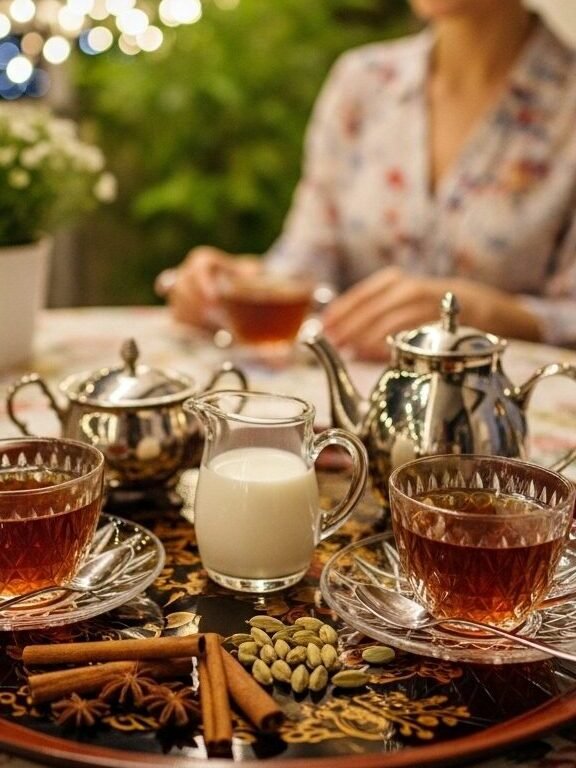
- Traditional preparation involves boiling tea leaves and spices directly in milk and water
- This method creates a rich, concentrated flavor profile that defines authentic chai
- The spice blend offers potential benefits from antioxidants in both tea and spices
Vanilla Chai Variation
Flavor Profile
- Adds sweet, creamy dimensions to classic spiced tea with natural vanilla flavoring
- Many tea shops offer this as a gentler introduction to spiced teas for newcomers
- Creates a smoother, more approachable taste while maintaining the warming spice notes
Serving & Enjoyment
Traditional Serving Style
- Both varieties typically come with milk and sweetener for rich satisfaction
- The aromatic qualities make them perfect for cool weather drinking
- Many enjoy these as morning energy boosts with sustained warmth
Modern Availability
- The popularity of chai varieties has led to ready-to-drink options in grocery stores
- We find that traditional preparation methods still deliver the most authentic experience
- You’ll discover instant versions offer convenience while loose blends provide fuller flavor
Discover More Types of Tea and Their Unique Names

Beyond the common tea varieties, several unique types exist that deserve attention. Purple tea stands out with its low caffeine content and high antioxidant levels, mainly grown in Kenya’s rich soil.
Tea enthusiasts might enjoy exploring Pu-erh, a fermented Chinese tea known for its earthy flavor profile. Kombucha offers a tangy taste experience as a fermented tea beverage gaining popularity for its potential health benefits.
Bubble tea (also called boba tea) brings fun to tea drinking with its tapioca balls and sweet flavors.
Tea names often reflect their origins or special qualities. Gyokuro, a premium Japanese green tea, translates to “jade dew” because of its bright color. Baihao Yinzhen, or Silver Needle white tea, gets its name from its silver-colored buds that resemble needles.
Nilgiri tea comes from the Blue Mountains of India, while Wulong (another spelling of oolong) means “black dragon” in Chinese. These distinct names tell stories about tea traditions across the world on YouTube and beyond.
Conclusion
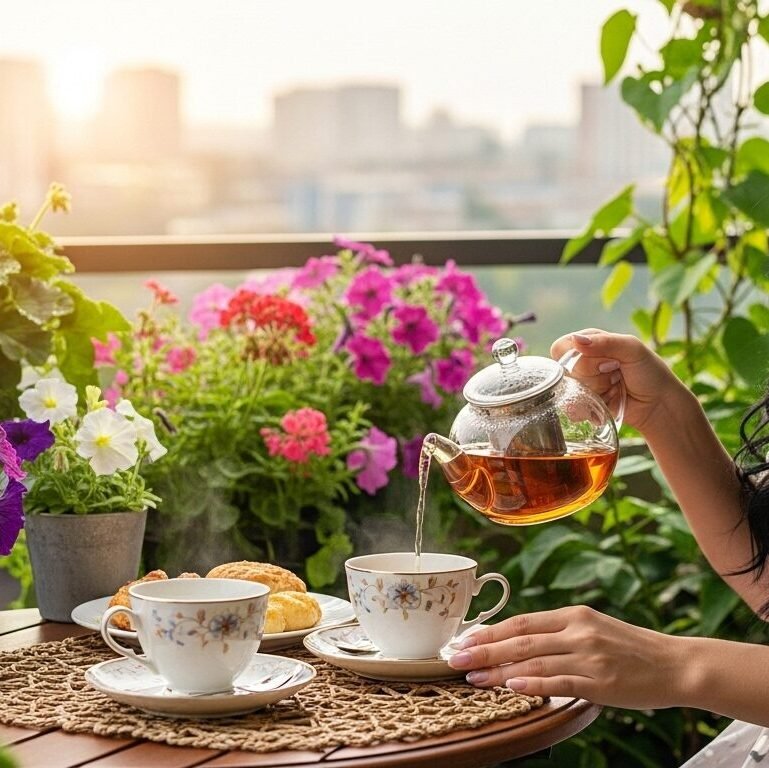
Tea offers many flavors for your taste buds to explore. From bold black teas to delicate white varieties, each cup brings its own special character to your daily ritual. Green and oolong teas balance between fresh and full-bodied notes, while herbal blends and chai provide caffeine-free options with unique taste profiles.
Your perfect cup might be a classic Darjeeling or perhaps a spicy Masala Chai – the joy comes from trying different types until you find favorites. Consider that brewing methods can change flavors too, so experiment with water temperature and steeping time to create your ideal tea experience.
FAQs
1. What are the main types of tea mentioned in the guide?
The guide covers six delicious varieties including green teas, pu-erh tea, matcha tea, assam tea, oolong tea (also called wulong), and redbush tea. Each type comes from the tea plant but undergoes different processing methods.
2. How does fermentation affect tea flavor?
Fermentation creates distinct natural flavors in teas like pu-erhs and dark tea. This process transforms the catechins in the leaves, resulting in deeper, more complex tastes compared to unfermented varieties.
3. What makes Japanese green teas different from Chinese green teas?
Japanese green teas often have a more grassy, vibrant flavor profile and use steaming in processing. Chinese green teas like Longjing use pan-firing techniques, creating nuttier notes.
4. Can you describe the taste of matcha tea?
Matcha is a fine green tea powder with a rich, umami flavor and slight sweetness. It offers a more intense taste than regular green tea because you consume the whole leaf rather than just the brew.
5. What health benefits do different tea varieties offer?
Green teas contain high levels of catechins that support heart health. Pu-erh teas aid digestion. Herbs like lemon balm and spearmint in tea preparations provide calming effects.
6. What’s the best way to brew different types of tea?
Brewing tea correctly depends on the variety. Delicate teas like silver needle teas need lower temperatures around 175°F. Robust varieties like Assam tea can handle boiling water. Steeping time varies from 30 seconds for some oolongs to 5 minutes for stronger black teas.
References
- https://earthlybliss.co/types-of-green-tea/
- https://teapigs.com.au/blogs/blog/types-of-black-tea?srsltid=AfmBOopg5qdYEILDVtp0GQs9nUKhwYah1KW6S2xE6-XhTl-Y_hffaxkZ
- https://www.borntea.com/blogs/tea/complete-guide-to-white-tea?srsltid=AfmBOoqZeqFywRnTA5eqD8XeVrfIFRttPbvvM6kU8QjdUsh5INYVGOkT
- https://www.redrockteahouse.com/blogs/articles/a-complete-guide-to-tea-flavors?srsltid=AfmBOopt_qjcTlTF1OlAjt2DKfcPzjkmcF6x-hZgH8AszMwbLiJ1tZi9 (2025-02-25)
- https://pmc.ncbi.nlm.nih.gov/articles/PMC9945420/
- https://teapigs.com.au/blogs/blog/types-of-herbal-tea?srsltid=AfmBOoonWomhbgoRPs7zYzrWYz8SIfrfT42D3jlzK95GhUfqhkqEKdHz
- https://jyyna.co.uk/masala-chai-tea/
- https://monkschai.com/en-us/blogs/news/type-of-tea
- https://avtbeverages.com/blog/types-of-tea/?srsltid=AfmBOopz56jQOKjzRGSkUopgpO6uWKNYBw0DHLzxUIAcqsyalpQwZsE9 (2024-02-22)


